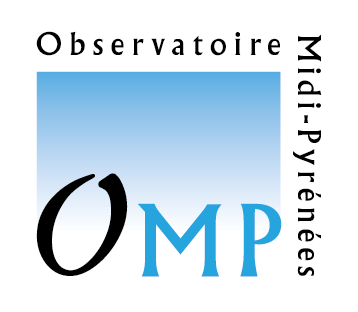Effects of magnetic interactions in anisotropy of magnetic susceptibility: Models, experiments and implications for igneous rock fabrics quantification
Résumé
Besides granites of the ilmenite series, in which the anisotropy of magnetic susceptibility (AMS) is mainly controlled by paramagnetic minerals, the AMS of igneous rocks is commonly interpreted as the result of the shape-preferred orientation of unequant ferromagnetic grains. In a few instances, the anisotropy due to the distribution of ferromagnetic grains, irrespective of their shape, has also been proposed as an important AMS source. Former analytical models that consider infinite geometry of identical and uniformly magnetized and coaxial particles confirm that shape fabric may be overcome by dipolar contributions if neighboring grains are close enough to each other to magnetically interact. On these bases we present and experimentally validate a two-grain macroscopic numerical model in which each grain carries its own magnetic anisotropy, volume, orientation and location in space. Compared with analytical predictions and available experiments, our results allow to list and quantify the factors that affect the effects of magnetic interactions. In particular, we discuss the effects of (i) the infinite geometry used in the analytical models, (ii) the intrinsic shape anisotropy of the grains, (iii) the relative orientation in space of the grains, and (iv) the spatial distribution of grains with a particular focus on the inter-grain distance distribution. Using documented case studies, these findings are summarized and discussed in the framework of the generalized total AMS tensor recently introduced by Cañon-Tapia (Cañon-Tapia, E., 2001. Factors affecting the relative importance of shape and distribution anisotropy in rocks: theory and experiments. Tectonophysics, 340, 117–131.). The most important result of our work is that analytical models far overestimate the role of magnetic interaction in rock fabric quantification. Considering natural rocks as an assemblage of interacting and non-interacting grains, and that the effects of interaction are reduced by (i) the finite geometry of the interacting clusters, (ii) the relative orientation between interacting grains, (iii) their heterogeneity in orientation, shape and bulk susceptibility, and (iv) their inter-distance distribution, we reconcile analytical models and experiments with real case studies that minimize the role of magnetic interaction onto the measured AMS. Limitations of our results are discussed and guidelines are provided for the use of AMS in geological interpretation of igneous rock fabrics where magnetic interactions are likely to occur.

